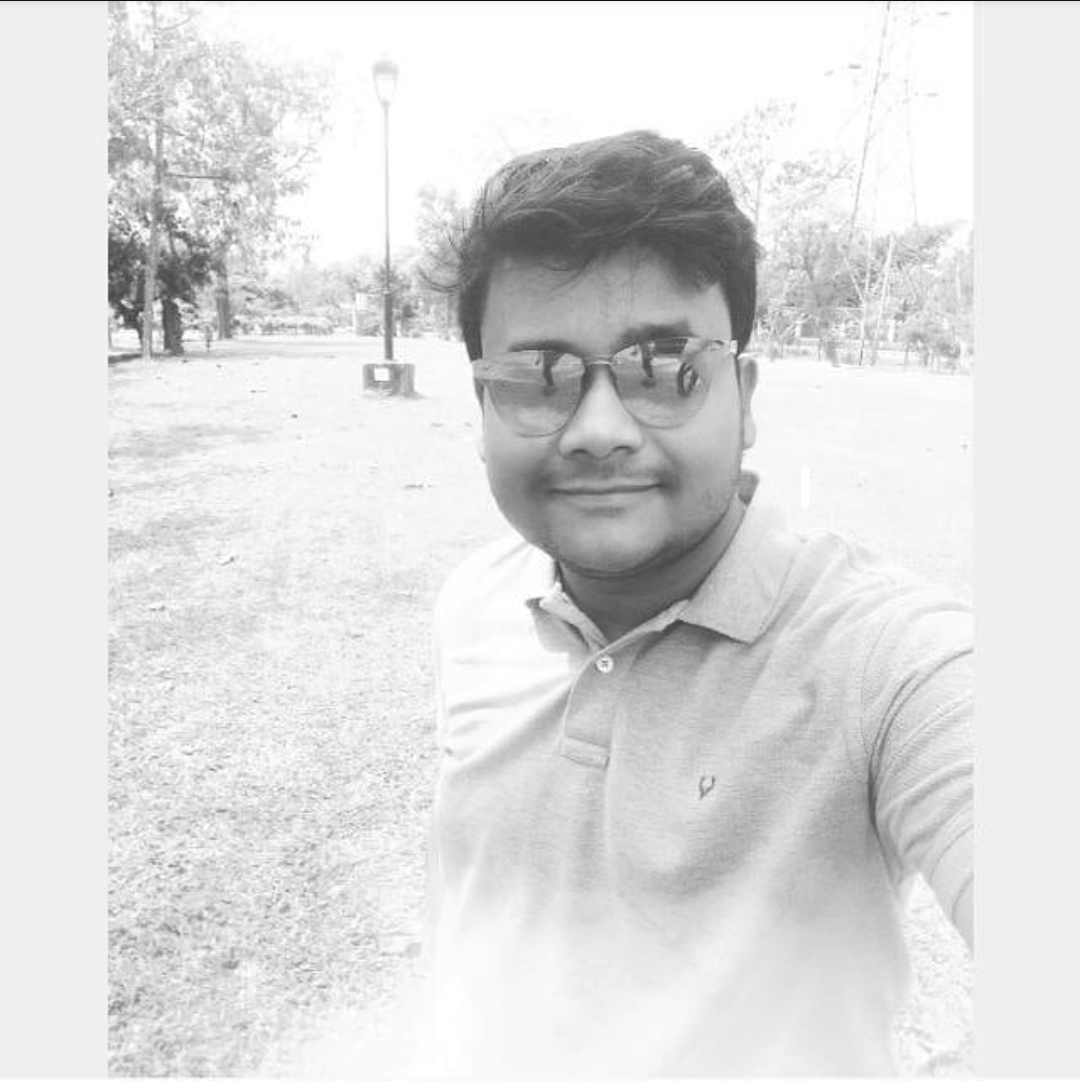In 2025, artificial intelligence and automation are already reshaping large parts of the global workforce. Studies from the International Monetary Fund (IMF, 2024) and the World Economic Forum (WEF, 2025) suggest that about 60% of jobs in the USA and 40% in India are exposed to some level of AI-driven disruption. The impact is not uniform. Sectors such as finance, retail, and back-office outsourcing face the greatest risks, while roles that rely on human judgment, creativity, and empathy remain far less vulnerable (NASSCOM, 2025).
This article compares how India and the USA are positioned in the face of AI job risks and explains what workers can do to stay relevant in today’s changing job market.
AI Job Risk 2025 India vs USA: The Big Picture
A quick comparison of the share of jobs at risk and the most exposed sectors in each country.
| Country | % of Jobs at Risk | Key Sectors Exposed |
|---|---|---|
| USA | ~60% | Finance, Retail, Logistics |
| India | ~40% | IT Services, BPO, Back-Office Jobs |
Watch: AI Job Risk 2025 India vs USA — how AI is impacting India’s IT industry compared to the USA.
👉Want to know your job’s exact risk?Check your AI Job Risk here
Which Jobs Are Most at Risk from AI?
1. Finance & Banking (High Risk in USA)
In the US, banking and finance roles face heavy automation because they involve routine tasks like compliance, risk assessment, and financial analysis. AI tools are already replacing many routine tasks.
In India, while automation is growing, the demand for banking services in rural and semi-urban areas means human workers remain essential.
2. IT Services & BPO (High Risk in India)
India’s IT outsourcing and BPO sector is especially vulnerable. AI-powered chatbots, voice assistants, and RPA (Robotic Process Automation) are reducing the need for routine support roles.
However, jobs requiring client interaction, problem-solving, and complex project management are still safe.
3. Retail & Logistics (High Risk in USA)
In the US, companies like Amazon and Walmart are already using AI-driven logistics, cashier-less stores, and smart inventory systems. These technologies directly cut into traditional jobs in warehousing and retail.
India lags behind in large-scale AI adoption for retail, meaning job loss here will be slower.
4. Data Entry & Back-Office Jobs (High Risk in India)
Low-skilled, repetitive work like data entry and simple record-keeping is among the first to be automated. AI tools can process bulk data faster, cheaper, and with fewer errors.
For Indian workers, this is a clear signal to upskill into higher-value roles.
AI Job Risk 2025 India vs USA: What This Means for You
- In the USA: White-collar sectors (finance, retail, logistics) face the fastest automation. Workers must pivot to AI-augmented roles.
- In India: Low-value outsourcing jobs are at risk, but client-facing and creative problem-solving skills will remain in demand.
How to Stay Safe from AI Job Risk
- Learn to work alongside AI tools instead of competing with them.
- Build human-centric skills (leadership, negotiation, emotional intelligence).
- Focus on cross-disciplinary expertise (e.g., finance + AI, healthcare + data).
- Upskill continuously – certifications, workshops, online courses.
Conclusion
AI is not eliminating all work, but it is already changing the way jobs look in both India and the USA. Workers who reskill, adapt to new tools, and focus on uniquely human strengths such as problem-solving, empathy, and leadership are staying in demand. Instead of fearing automation, the smarter choice is to prepare for it now and use AI as a career advantage.
👉 Find out where your role stands: Use the AI Job Risk Calculator
FAQs: AI Job Risk 2025
Q1. Which jobs are most at risk from AI in the USA?
In the USA, finance, retail, and logistics face the highest risk. AI-driven tools are automating compliance, cashier-less checkouts, and inventory systems, replacing many routine roles.
Q2. Which jobs are most at risk from AI in India?
In India, IT outsourcing, BPO, data entry, and back-office jobs are the most exposed. AI chatbots, RPA, and automation tools are reducing demand for repetitive support work.
Q3. How can workers protect their jobs from AI risk?
Workers should upskill in human-focused areas like leadership, negotiation, and problem-solving. Learning to work alongside AI tools and building cross-disciplinary expertise will keep you relevant in the job market.
Q4. Will AI replace all jobs in the future?
No. AI mainly automates routine tasks like data entry or customer support. Jobs requiring creativity, empathy, and complex decision-making are much harder to replace.

